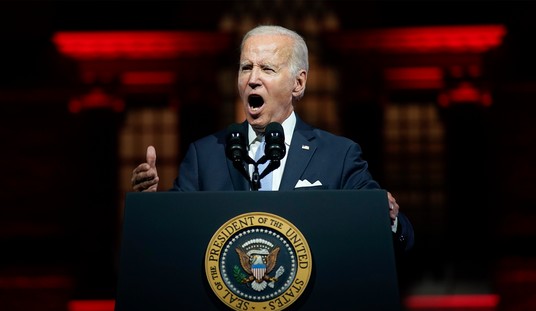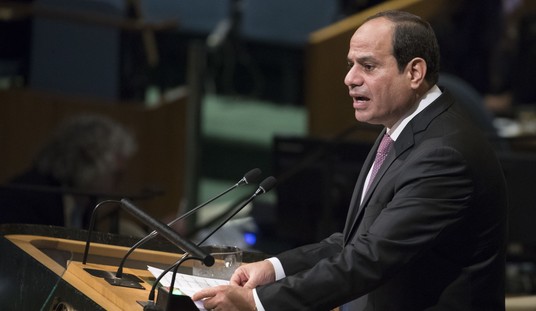Aviation author Bill Sweetman describes the first available photographs of a stealth UAV operating out of Afghanistan in his blog in Ares. Sweetman says it may be a high altitude, long endurance UAV. “The jet has long, slender outer wings, spanning as much as 80 feet, mated to a stouter, deeper centerbody with a pointed nose. One important detail: the overwing fairings are not B-2-like inlets, but cover some kind of equipment – satcoms on one side, perhaps, and a sensor on the other.”
In an earlier post, Sweetman speculated that the “Beast of Kandahar” may have related to a secret requirement for a platform that would fly at 70-80,000 feet using classified engines produced for a deleted program. But the key problem is what such a vehicle would be doing in Afghanistan.
Perhaps the biggest mystery, though, is what the birds were doing in Kandahar. Why use a stealth aircraft against an adversary that doesn’t have radar? And if it was part of some Secret Squirrel operation against the Taliban, what in the blue blazes was it doing outdoors in daylight?
One possibility is that it was sending a message to Pakistan. Mark Mazzetti of the New York Times writing in 2008 reported that US UAV flights over the stalwart American ally were confined to a set of “boxes” beyond which they were forbidden to snoop.
the Pakistani government has long restricted where the C.I.A. can fly Predator surveillance drones inside Pakistan, limiting flight paths to approved “boxes” on a grid map. The C.I.A.’s answer to that restriction? It deliberately flies Predators beyond the approved areas, just to test Pakistani radars. According to one former agency officer, the Pakistanis usually notice.
But the Pakistani radars might not notice the “Beast of Kandahar” with its stealth airframe at 80,000 feet. The Times Online reported in early February that the US was flying UAV missions out of Shamsi Airbase in Pakistan’s southwestern province of Baluchistan from as early as 2006.
The advantage of Shamsi is that it provides a discreet launchpad within minutes of Quetta — a known Taleban staging post — as well as Taleban infiltration routes into Afghanistan and potential militant targets farther afield.
Sweetman speculated that “It could be, therefore, that the Kandahar UAV – which cannot be particularly sensitive, or it would not have been seen in plain sight – is a four-year-old demonstrator, pressed into service in an information-operations role to meet an urgent requirement.” The Pakistanis would certainly notice a vehicle in plain sight, especially one reported by the aviation trade press. The Times online article made intriguing reference to the possible deployment of Global Hawks to Shamsi, although that aircraft did not correspond to the appearance of vehicles spotted there. The Global Hawks are strategic reconnaissance platforms. This suggests that the war in Afghanistan, far from being a conflict against primitive combatants hiding in caves, is entailed with regional power politics. Russia, Iran, China and Pakistan would all be very interested in discovering what the US UAVs were up to.
Just as the secret UAV may have been exhibited under diplomatic pressure to “send a message”, President Obama’s recent speech announcing a surge followed by a definite plan for withdrawal may have also been intended to signal America’s adversaries and “friends” that they didn’t need to worry too much. America would not press its advantages. Maybe the Pakistanis could not keep the US in its box, but the President could.









Join the conversation as a VIP Member